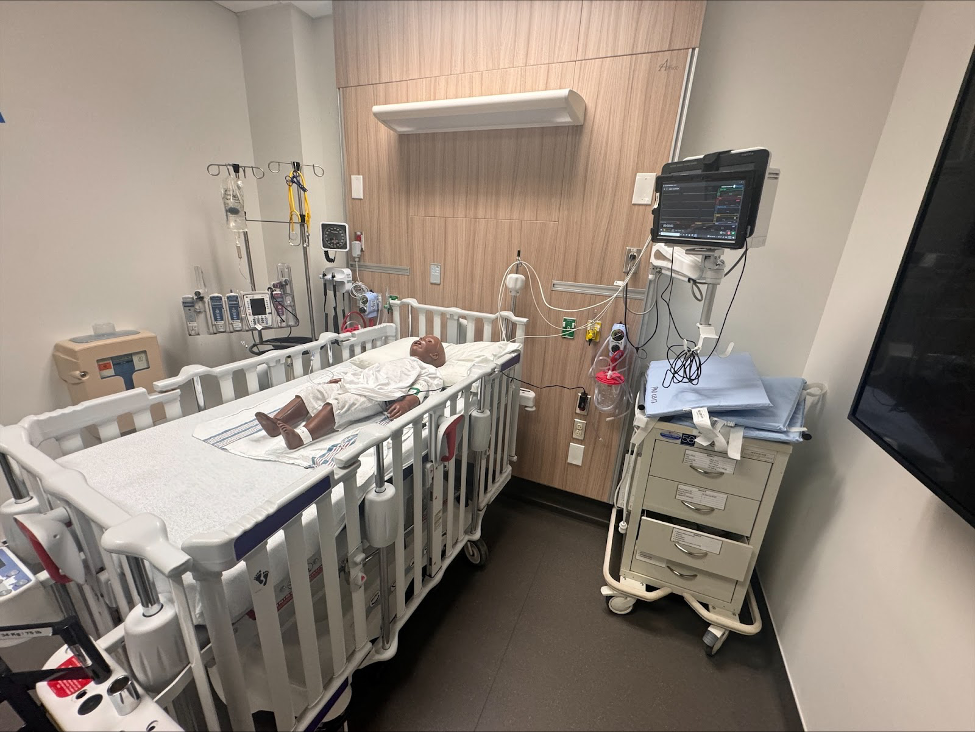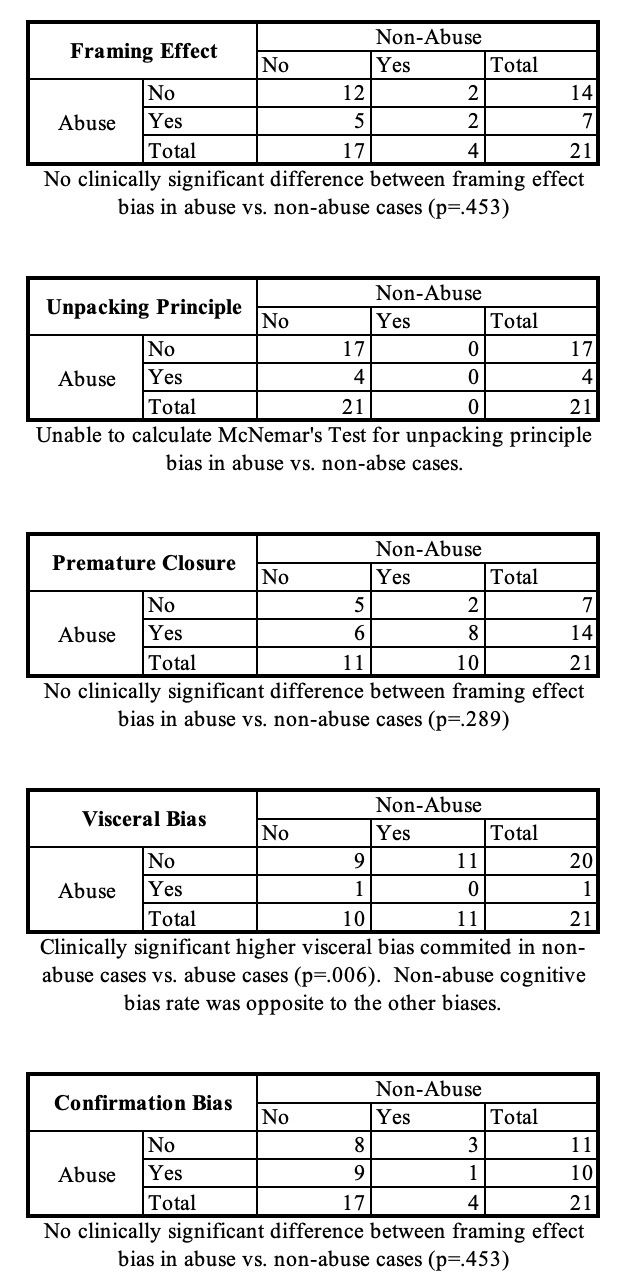Emergency Medicine 14
Session: Emergency Medicine 14
565 - A Simulation-Based Randomized Comparison Trial: Prevalence of Cognitive Biases in Child Physical Abuse in the Emergency Department
Monday, April 28, 2025
7:00am - 9:15am HST
Publication Number: 565.3604
Katherine A. Harmon, Rady Children's Hospital San Diego, San Diego, CA, United States; Todd Chang, Children's Hospital Los Angeles, Los Angeles, CA, United States; Keya Manshadi, Children's Hospital Los Angeles, Los Angeles, CA, United States; Monica Kelly, Children's Hospital Los Angeles, Bedford, NY, United States; karen kay Imagawa, Children's Hospital Los Angeles, Los Angeles, CA, United States; Nehemie P. Jules, Children's Hospital Los Angeles, LosAngeles, CA, United States; Laquanda Knowlin, Children's Hospital Los Angeles, Los Angeles, CA, United States; Alan L.. Nager, CHLA, Los Angeles, CA, United States

Alan L. Nager, MD, MHA (he/him/his)
Director, Emergency & Transport Medicine
Children's Hospital Los Angeles
Los Angeles, California, United States
Presenting Author(s)
Background: Cognitive biases can lead to misdiagnosis of child physical abuse.
Objective: To determine if cognitive biases impact recognition of child physical abuse more than other comparable pediatric diagnoses in the Pediatric Emergency Department (PED).
Design/Methods: Pediatric Emergency Medicine (PEM) attendings and fellows at a tertiary PED participated in high-fidelity simulation. A multidisciplinary team developed 4 cases for a simulation-based randomized comparison crossover trial. Through block randomization, subjects were assigned to 2 simulated cases with a Gaumard Hal1 mannequin in an emergency medicine setting. A nurse standardized actor helped facilitate the cases: an abdominal case (secondary to abusive abdominal trauma or an appendicitis- matched control) and a neurological case (secondary to abusive head trauma or a febrile seizure- matched control). Each scenario afforded 5 predetermined opportunities to demonstrate cognitive biases. “Time-outs” were called to assess for these biases by way of sequential questioning regarding the participant’s differential diagnosis and clinical management. All cases were recorded and then reviewed by two independent reviewers to determine if a cognitive bias occurred based on a priori consensus guidelines identified by the team. If discrepancies existed, a third reviewer evaluated and gave an opinion in order to achieve consensus. Data was analyzed via a McNemar’s Test.
Results: Twenty-one physicians participated in 2 scenarios. While the mean number of errors per scenario did not show a significant difference (1.7 abuse vs 1.4 non-abuse, p=0.3), of the 5 cognitive errors reviewed, visceral bias followed a trend opposite the other 4 biases. When visceral bias was removed and the mean number of errors per scenario was recalculated, the analysis showed there were higher mean number of cognitive errors in abuse cases compared to their matched controls. (1.67 abuse vs. .9 non-abuse, p= .008).
Conclusion(s): In this pilot study, cognitive biases appeared more frequently in simulated child abuse cases compared to their matched controls. However, negative visceral bias was also shown to affect clinical decision making in the opposite direction. Improved awareness of cognitive biases is an important avenue to enhance knowledge and decrease misdiagnosis of child physical abuse.
Image 1
 Image 1 demonstrates the layout of the pediatric emergency exam room and the high-fidelity mannequin used in the simulation scenarios.
Image 1 demonstrates the layout of the pediatric emergency exam room and the high-fidelity mannequin used in the simulation scenarios. Table 1
 Table 1 illustrates the presence of each cognitive bias for the child abuse and non-child abuse simulation cases.
Table 1 illustrates the presence of each cognitive bias for the child abuse and non-child abuse simulation cases. Table 2
 Table 2 illustrates the mean of total errors between the aggregated cognitive biases with and without visceral bias included in the analysis.
Table 2 illustrates the mean of total errors between the aggregated cognitive biases with and without visceral bias included in the analysis. Image 1
 Image 1 demonstrates the layout of the pediatric emergency exam room and the high-fidelity mannequin used in the simulation scenarios.
Image 1 demonstrates the layout of the pediatric emergency exam room and the high-fidelity mannequin used in the simulation scenarios. Table 1
 Table 1 illustrates the presence of each cognitive bias for the child abuse and non-child abuse simulation cases.
Table 1 illustrates the presence of each cognitive bias for the child abuse and non-child abuse simulation cases. Table 2
 Table 2 illustrates the mean of total errors between the aggregated cognitive biases with and without visceral bias included in the analysis.
Table 2 illustrates the mean of total errors between the aggregated cognitive biases with and without visceral bias included in the analysis. 
